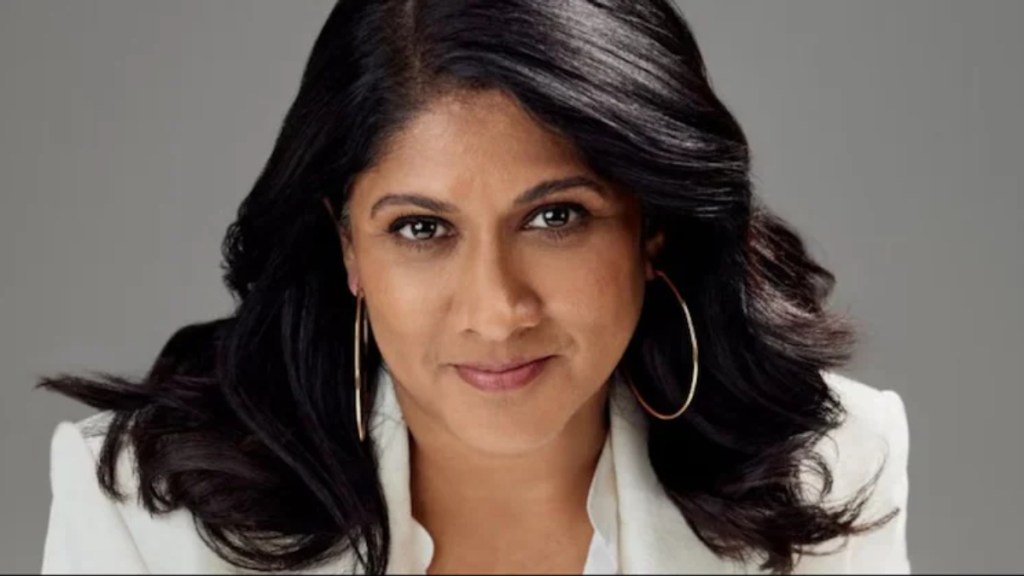Hindustan Unilever’s incoming CEO Priya Nair has received the backing of investors a day after she was named as Rohit Jawa’s replacement for a five-year term starting August 1. The stock rose 5% intra-day on Friday in a signal that stakeholders had welcomed the move.
But the 53-year-old marketing veteran, who is currently president of beauty & wellbeing at Unilever, will be walking a tightrope at the country’s largest consumer goods company. After all, she has the task of managing Unilever CEO Fernando Fernandez’s expectations of having a more “consistent and coherent global portfolio” in India, while also retaining HUL’s unique local flavour. Fernandez, 58, has indicated in interactions that he remains a “frontline CEO obsessed with making Unilever a frontline company.”
“I believe that one of the issues of Unilever is that we are really a federation of local and regional brands,” he said recently. “I want to attack that, build a more coherent and consistent global portfolio, make the US and India the two anchors of our portfolio and radically simplify our business,” he added. This approach, according to Fernandez, includes putting the focus back on Unilever’s power brands rather than expending its energy and marketing dollars on a long tail of small and regional gems.
For HUL, this shift back to global brands, first championed by former HUL chairman Vindi Banga in the early 2000s, marks a departure from the “region-specific” strategy the firm had introduced in recent years.
Unlike most multinational companies, HUL, which has over 50 brands across home, personal care, beauty, wellbeing and food, has positioned itself as a global giant with a local heart. Most of its brands from Rin to Dove, to Lux to Taj Mahal tea have customised their offerings in keeping with local needs and preferences.
HUL’s popular ‘Winning in Many Indias’ (WIMI) strategy, first outlined by former HUL CEO Sanjiv Mehta, was clear that a culturally diverse country such as India, also Unilever’s second-largest by revenue, could not have a one-size-fits-all approach. WIMI involved dividing India into 15 consumer clusters, each with its own set of needs and preferences, and establishing 16 corresponding country category business teams to tailor products and marketing.
Under Jawa’s leadership, WIMI moved to the next level, as HUL sought to defend its market share from regional brands, which were growing in the last two years as inflation-weary consumers downtraded. Micro-marketing, nano manufacturing and a more direct approach to distribution and sales acquired significance under Jawa so that HUL could listen more to consumers and react swiftly on the ground.
Experts say that Nair may tweak this strategy as HUL pivots from a hyper-local to a global strategy. Her understanding of both the HUL and Unilever boardrooms may help her balance both global scale and local priorities.
Abneesh Roy, executive director, Nuvama Institutional Equities, says Nair is likely to be an aggressive MD. “Her strong credentials and experience across categories signal a deepening of HUL’s strategic focus on growth segments, innovation, and purpose-led brands,” he said.
In its research note on Friday, brokerage Jefferies said HUL’s performance had been lacklustre for several quarters. It expects Nair to prioritise defending core market share in soaps, beauty and tea, and to double down on premiumisation, portfolio investments, and fixing lagging assets.
“HUL must continue to identify and shape emerging trends. Problem areas like Horlicks may need out-of-the-box thinking in the context of rising consumer demand for nutrition,” Jefferies said. It also noted that HUL’s traditional distribution strengths (in general trade) were under pressure, and the company would need to modernise its go-to-market strategy to remain competitive.
